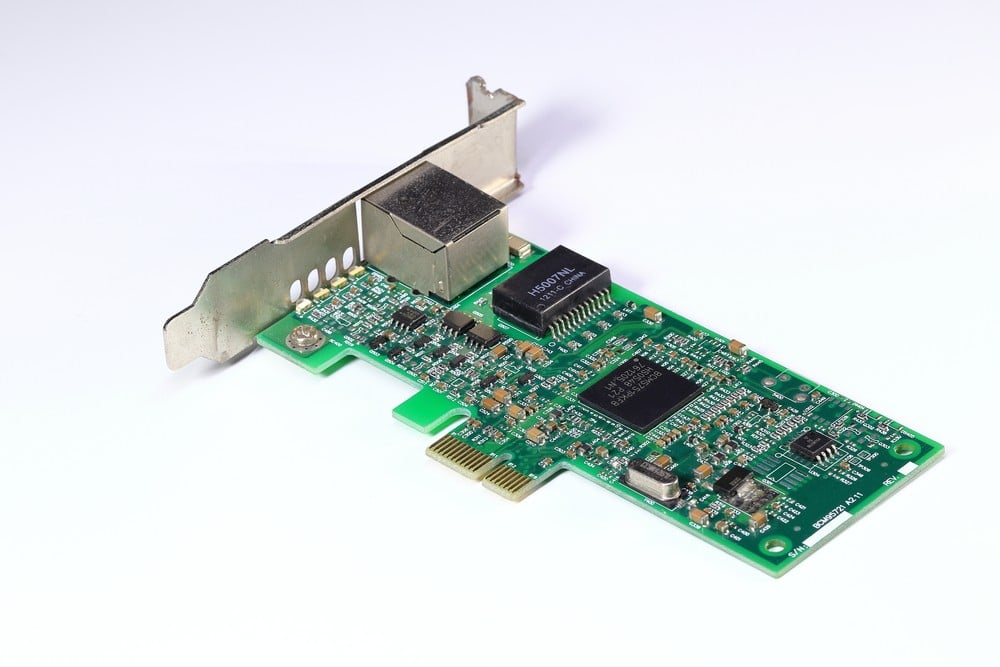The ARINC 825 standard deserves close attention in the aviation industry. It lays down specifications for the use of the CAN (Controller Area Network) protocol in avionic systems. Simplifying and securing data communication, these standard fuels the reliable functioning of the industry that keeps us airborne.
At Sital Technology, we excel in blending CAN Bus and ARINC-825 protocols to offer top-notch communication solutions. Our mastery in intertwining these standards enables aerospace, avionics, and automotive sectors to achieve flawless data exchange. By harnessing the power of both protocols, we unlock new possibilities for advanced communication systems.
Understanding ARINC-825 for Next-Generation Avionics CAN Bus Networks
The world of avionics operates on a bedrock of precision and efficiency, and the ARINC 825 standard is a testament to this. Born out of the need to ensure seamless communication between various components of an aircraft, ARINC 825 facilitates the conversation in a language that machines understand. At its essence, it is an adaptation of the CAN (Controller Area Network) bus standard, specifically modified to meet the rigorous demands of the aerospace industry.
This adoption of ARINC 825 marks a significant step in the evolution of aircraft system design. It enables a unified communication mechanism that is not only reliable but also reduces complexity and weight—an advantage that translates to efficiency and, consequently, cost savings. By implementing this standard, aircraft manufacturers are able to create a network that provides real-time data transmission, which is critical for flight safety and operations.
The ARINC 825 standard serves as a bridge, linking various electronics within an aircraft to operate in concert. It ensures that the navigation systems converse smoothly with the engine controls, that the onboard sensors are in sync with the flight computers, and that all these exchanges happen with impeccable timing and coordination.
Recognizing the Role of ARINC-825 in Aircraft Data Communication
For professionals dealing with the complexities of avionics, recognizing the role of the ARINC 825 standard in optimizing communication is fundamental. This protocol adopts the robustness of the CAN bus system and tailors it to the unforgiving environment of an aircraft where failure is not an option. The tasks that these communications systems handle are diverse—from monitoring engine performance to enabling the autopilot features, and ARINC 825 helps manage these effectively.
One of the most critical aspects of the ARINC 825 standard is its fault confinement and error handling capabilities. With airborne systems, errors that are not immediately contained can escalate into severe issues. The ARINC 825 protocol ensures that errors are detected and managed swiftly, maintaining the integrity of the aircraft’s data communication network.
Exploring ARINC-825 Protocols and Its Impact on Avionics Design
The exploration of ARINC 825 protocols is not just an academic exercise but has a profound impact on avionics design. Designers must consider not only the present communication requirements but also anticipate future needs. Here, the ARINC 825 standard’s scalability offers a path of expansion, accommodating the increasing volumes of data as avionics technology advances.
The protocol supports complex systems by allowing multiple devices to communicate over a single data bus, without the need for extensive wiring, which in traditional designs could add considerable weight to the aircraft. The clever engineering behind ARINC 825 means that designers can give aircraft the brainpower they require without the brawn that could otherwise slow them down.
Efficiency in avionics design isn’t just about saving physical space or weight—it’s also about power consumption. ARINC 825 impacts avionics design by enabling systems to operate with lower power demands, increasing the overall efficiency of the aircraft. It offers a savvy way to handle the multitude of data from an increasing array of sensors and systems without the pressure of higher power costs.
Key Differences Between ARINC-825 and Traditional CAN Bus Standards
The nuances that distinguish the ARINC 825 standard from traditional CAN Bus standards are not for mere differentiation but functional in essence. Traditional CAN Bus found its use in the automotive industry and other areas where the requirements are stringent, but the aviation sector calls for even greater robustness and reliability.
The ARINC 825 standard builds on the CAN Bus foundation and elevates it to meet aviation’s prescriptions for latency and data integrity. In simple terms, it takes a trustworthy system and hones it to perform under the pressures unique to flying, where there are no margins for error.
Mastering ARINC-825‘s Unique Messaging Structures for Avionic Systems
The key to harnessing the power of the ARINC 825 standard is mastering its unique messaging structure that is tailored to avionic systems. These systems demand a messaging protocol that is both uniform and flexible enough to accommodate an array of avionic functions. ARINC 825 meets this need by providing a schema for data transmission that can be implemented across various aircraft platforms, ensuring consistency and compatibility.
For technicians and engineers, the transition to the ARINC 825 messaging system brings a wealth of opportunities for optimization. Its structure allows for prioritized messaging, a game-changer for systems where certain data has critical importance over others. This means that vital communications, such as system warnings and flight-critical alerts, are guaranteed to be delivered promptly and without delay.
Deciphering the Layers of ARINC-825 for Robust Data Exchange
Behind the reliable and robust data exchange facilitated by the ARINC 825 standard lie layers of technology that warrant close examination. These layers work together to create a shielded environment where data can travel securely and efficiently. Understanding the multi-layered approach of ARINC 825 helps those in the aerospace sector appreciate how the technology encapsulates data, ensuring error-free communication.
The ARINC 825 standard hierarchically arranges data exchange, with each layer tasked with a specific role. The lower layers handle the electronic and physical transmission of signals, while the upper layers focus on managing data flow and ensuring correct message formatting. This separation of concerns allows for better management of the data exchange process and reinforces communication reliability.
Establishing a Benchmark with Safe and Secure DataBus Solutions
Security and safety are paramount at Sital Technology. Our commitment to providing safe and secure DataBus solutions guarantees that your data is not only effectively managed but also protected against any potential threats. Our wide array of products, including Airborne Interface Cards and customized IP cores, adhere to the highest standards of reliability and performance.



